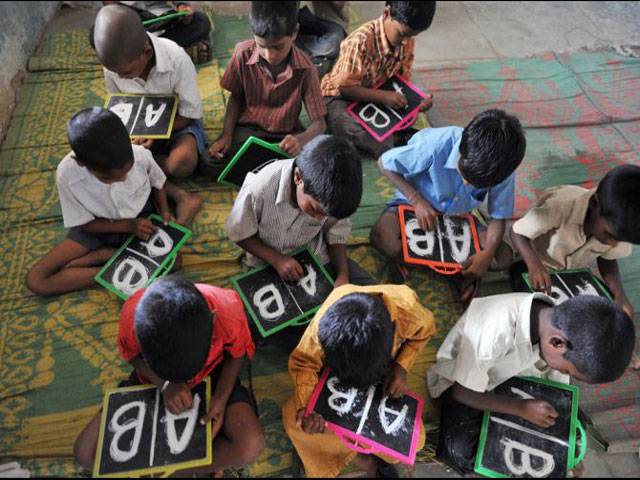NEW DELHI (AFP) - India’s Supreme Court has ordered that schools nationwide must be provided with toilets and drinking water within six months, calling it part of children’s right to an education.
The court said in the judgement seen by AFP on Saturday that research showed wherever toilet facilities are inadequate, parents are reluctant to send their children to school - especially if they are girls.
Lack of toilets and drinking water “clearly violate the right to free and compulsory education of children,” the court said in the judgement handed down earlier in the week.
The court stated children need to “study in a clean and healthy environment” and said its ruling applied to state and privately run schools.
State governments must provide “toilet facilities for boys and girls, drinking water facilities, sufficient classrooms, appointment of teaching and non-teaching staff etcetera, if not already provided, within six months”.
The top court was acting on a petition filed in 2004 by a charity organisation but still not implemented despite several rulings. An activist group, Right to Education Forum, reported in April that one in 10 Indian schools lack proper drinking water facilities while 40 percent do not have toilets.
In 2010, India launched a landmark education programme obliging all states in the world’s second most populous nation to provide free schooling for every child between the age of six and 14 but child labour remains common. Critics of India’s ramshackle education system also say the nation’s schools suffer from poor infrastructure and rampant teacher absenteeism, raising fears of tens of millions of badly educated young people unable to find jobs. The problem of lack of basic sanitation is also widespread in Indian homes with census data showing more households in the country of 1.2 billion people have a telephone than a toilet.
Some 47 percent of India’s 330 million households have toilet facilities while 63 percent of homes have phone connections - mostly mobiles - showing how the nation’s rapid communication revolution has spread through society.
Friday, April 19, 2024
India’s top court orders toilets for every school

Opposition objects to oath-taking of MNAs amid lawlessness
5:15 PM | April 19, 2024
Electioneering to end on Friday night ahead of by-polls in 21 constituencies
5:14 PM | April 19, 2024
Fawad Chaudhry granted bail in 14 cases related to May 9 violence
5:13 PM | April 19, 2024
British Army chief lauds Pakistan Army's professionalism, expertise
5:12 PM | April 19, 2024
Israeli aircraft fire missiles at Air Force assets in Iran: Report
3:52 PM | April 19, 2024
A Tense Neighbourhood
April 19, 2024
Dubai Underwater
April 19, 2024
X Debate Continues
April 19, 2024
Hepatitis Challenge
April 18, 2024
IMF Predictions
April 18, 2024
Kite tragedy
April 19, 2024
Discipline dilemma
April 19, 2024
Urgent plea
April 19, 2024
Justice denied
April 18, 2024
AI dilemmas unveiled
April 18, 2024
ePaper - Nawaiwaqt
Advertisement
Nawaiwaqt Group | Copyright © 2024





